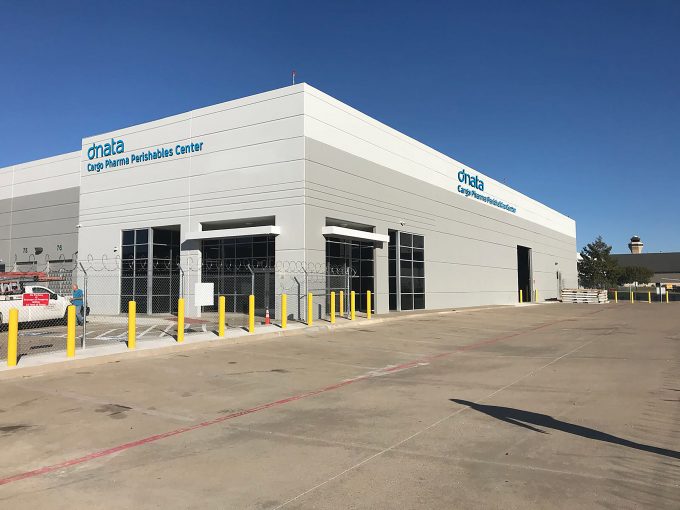ACF Podcast: Tales from TIACA – what are the hot topics?
Host and news reporter Charlotte Goldstone interviews a plethora of supply chain industry experts in ...

The recent opening of two new cool chain facilities has taken Dallas Fort Worth International Airport (DFW) a step closer to its objective of becoming a major gateway for air cargo flows between Asia and Latin America.
Today, Hong Kong-based e-commerce logistics specialist Tigers opened a 86,000sq ft warehouse at the airport, aiming to specialise in health supplements and cosmetics goods.
“Our new Dallas facility is perfectly positioned to allow us to deliver omnichannel orders across the US,” said Amber Braband, vice president of growth at ...
USTR fees will lead to 'complete destabilisation' of container shipping alliances
Outlook for container shipping 'more uncertain now than at the onset of Covid'
Flexport lawsuit an 'undifferentiated mass of gibberish', claims Freightmate
Cancelled voyages take the sting out of spot rate declines this week
Shippers warned: don't under-value US exports to avoid tariffs – 'CBP will catch you'
Blanked sailings in response to falling demand 'just a stop-gap solution'

Comment on this article